2017 Volkswagen e-Golf Review: Quick Spin

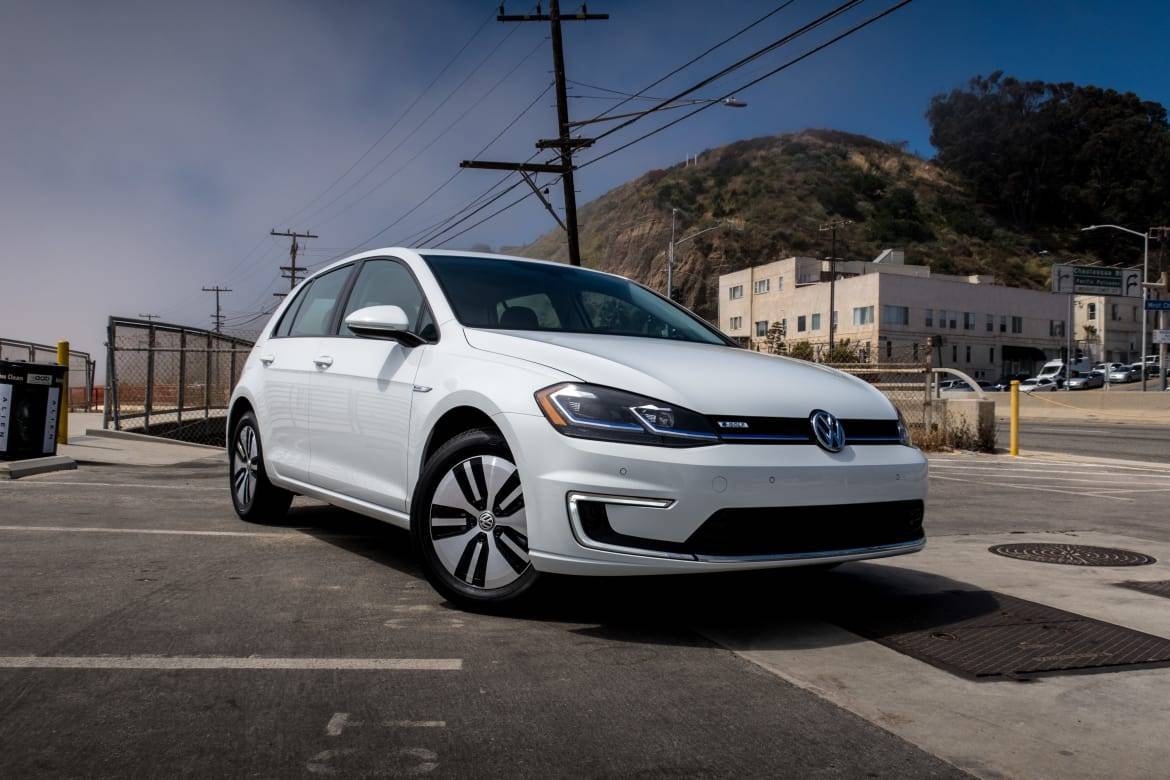
CARS.COM — Volkswagen has updated the 2017 e-Golf, with powertrain, styling and technology changes arriving for the new model year.
Related: All-Electric Volkswagen Golf Range Rated at 125 Miles
The biggest updates to the e-Golf are with the drivetrain. Power has increased thanks to a more powerful electric motor (100 kilowatts compared with 85 kW for last year’s model) that puts out 134 horsepower, a 19-hp jump. The lithium-ion battery also has more capacity at 35.8 kilowatt-hours, up from 24.2 kwh. Those are a lot of numbers to throw around, but it all leads up to the one big figure for electric vehicles, and for many folks, the deciding one: range.
Range has increased by 50 percent to 125 miles. That puts the e-Golf second among mass-market electric vehicles (the 2017 Hyundai Ioniq EV is close with 124 miles of range), trailing only the Chevrolet Bolt EV when it comes to range, even though the Bolt outpaces it by a good margin with its 238-mile range.
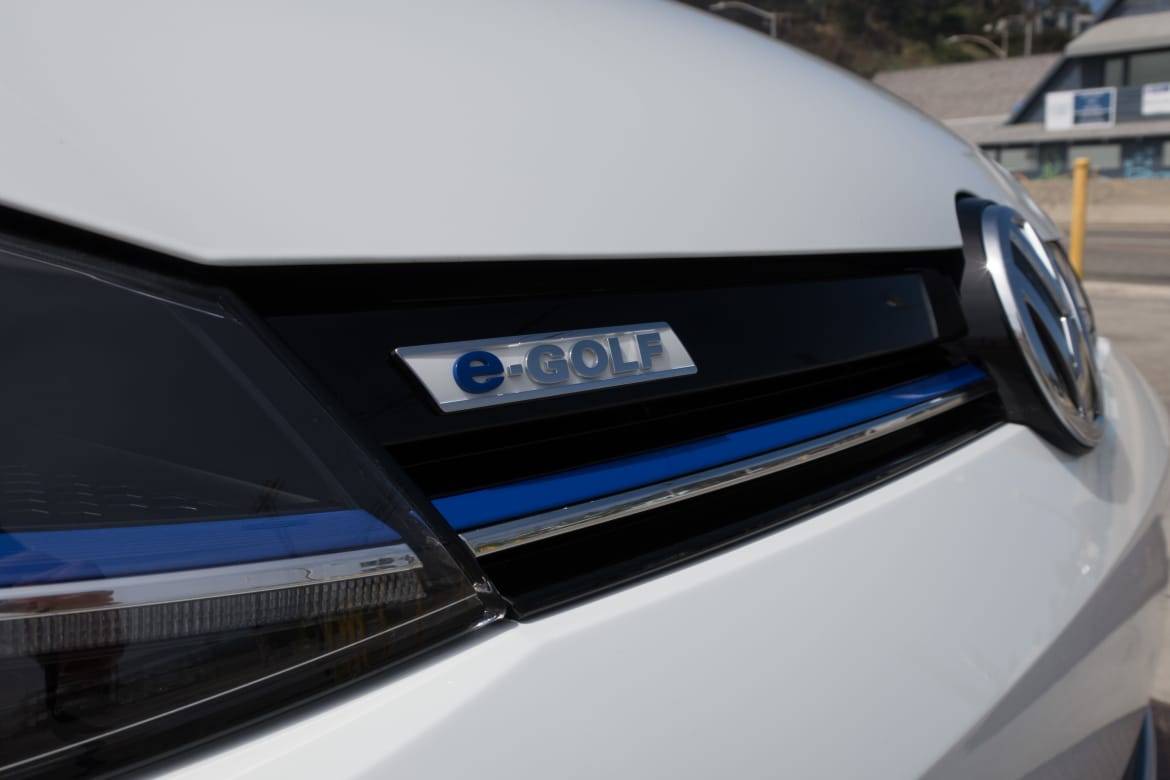
In addition to the range and powertrain updates, the 2017 e-Golf also gets a few new exterior touches including new front and rear bumpers, as well as updated headlight and taillight clusters. E-Golf models are distinguished by a blue stripe in the grille, blue accents to the headlights and subtle e-Golf badging found on the front fenders and the rear hatch. As for the technology updates, the e-Golf is available with the Volkswagen Digital Cockpit and new gesture controls. Unfortunately, neither of those were found on my test vehicle so we’ll have to wait to try those out.
The e-Golf adjusts its real-time range estimates based on which of the three driving modes you’re currently in. When I started, the e-Golf had 108 miles of range remaining in Normal, 110 miles in Eco and 113 miles in Eco Plus.
Over the course of the afternoon, I drove 63 miles and somehow still had 69 miles of range remaining, according to the computer. Although I tested both the Eco and Eco Plus modes to see what effect they had on performance, the majority of the driving was done in Normal mode.
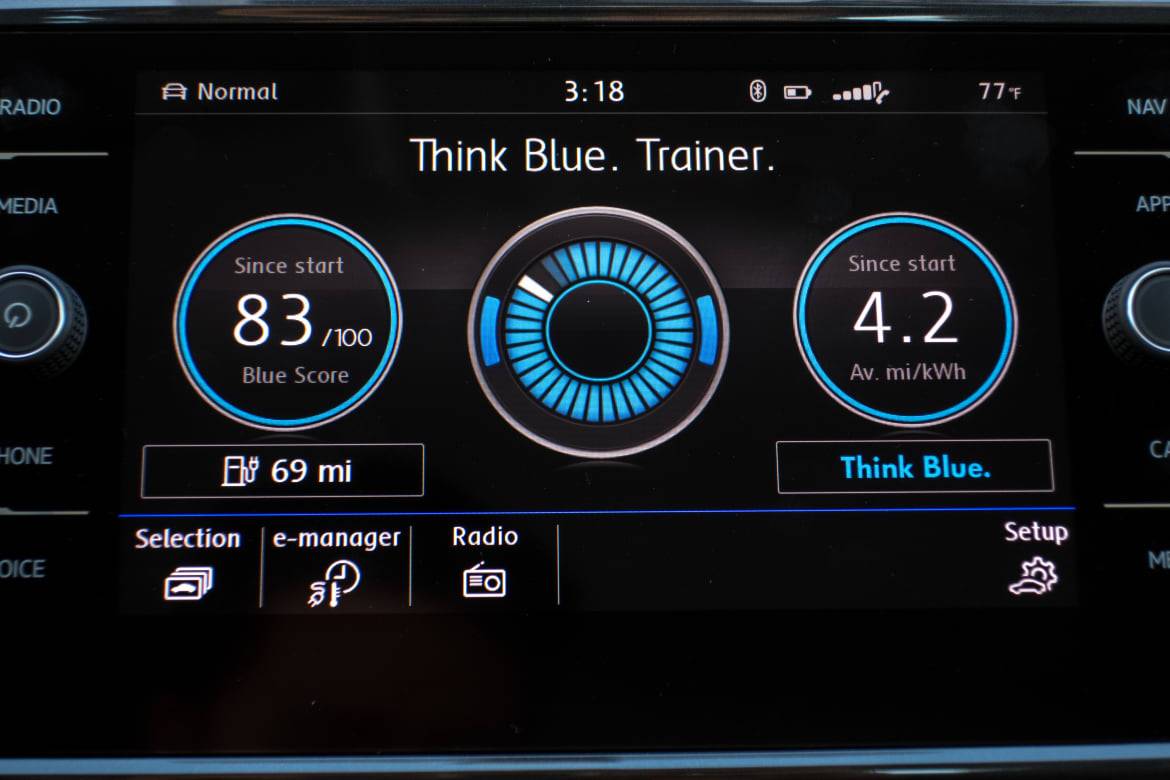
In Normal mode the e-Golf is quick — an electric powertrain means instant torque and the e-Golf likes to flaunt that fact. It was noticeably quicker to accelerate than the Hyundai Ioniq EV, and I had a good time driving it around. The bump in power for 2017 also raised the top speed to 93 mph. The e-Golf had plenty of juice for passing on the highway as well, although driving with a lead foot will bring down the range. Eco mode tones it down a little bit, but not so much as to make the car feel like a drag.
That’s left to the final driving mode, Eco Plus, which is the Eeyore of the drive modes. To get the e-Golf to respond required leaning on the pedal even more, and what was even worse — on an 80-degree day like the one on which I was testing the e-Golf, it shuts off the air conditioning to conserve energy. I spent about two minutes in Eco plus before sweat made me give up on it for the rest of the drive.
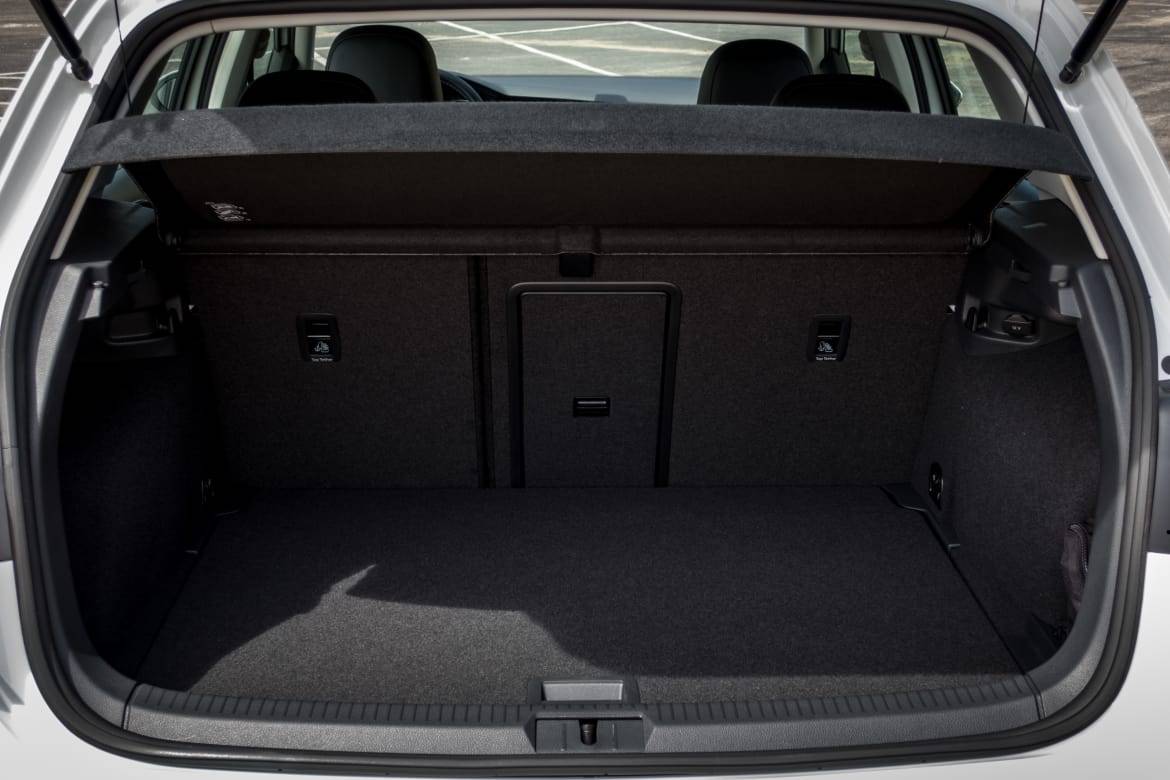
Beyond the changes to the powertrain, the rest of the car is basically a standard Golf, which is a good thing. The batteries don’t intrude into the cargo area, so the e-Golf has the same 22.8 cubic feet of cargo volume as the gas models. There’s still seating for five passengers, interior quality is good and it looks sharp.
The e-Golf feels like a no-compromise electric vehicle. It retains all the aspects I like in the regular Golf (good handling and balance, solid practicality and a clean, minimalistic interior) while adding a jolt of electricity. With the added range found on the 2017 model, this is one of the most enticing electric vehicles on the road today.


Former L.A. Bureau Chief Brian Wong is a California native with a soft spot for convertibles and free parking.
Featured stories
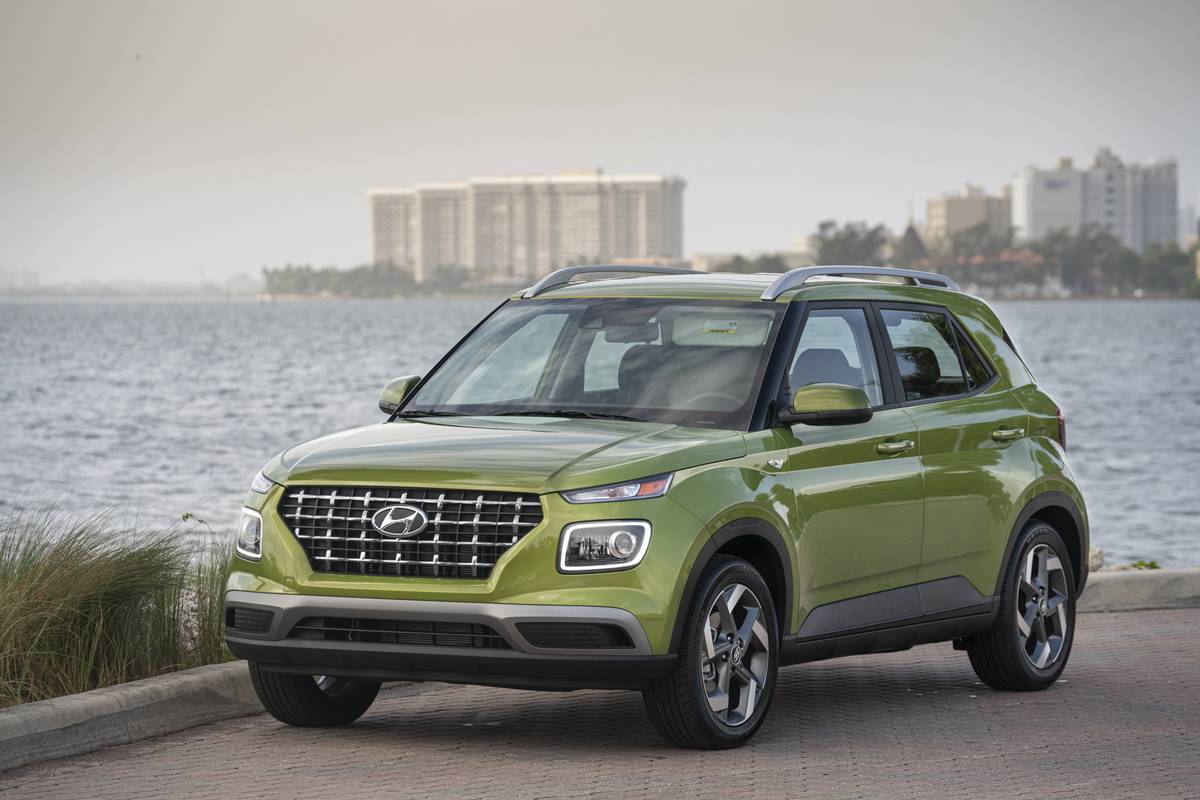

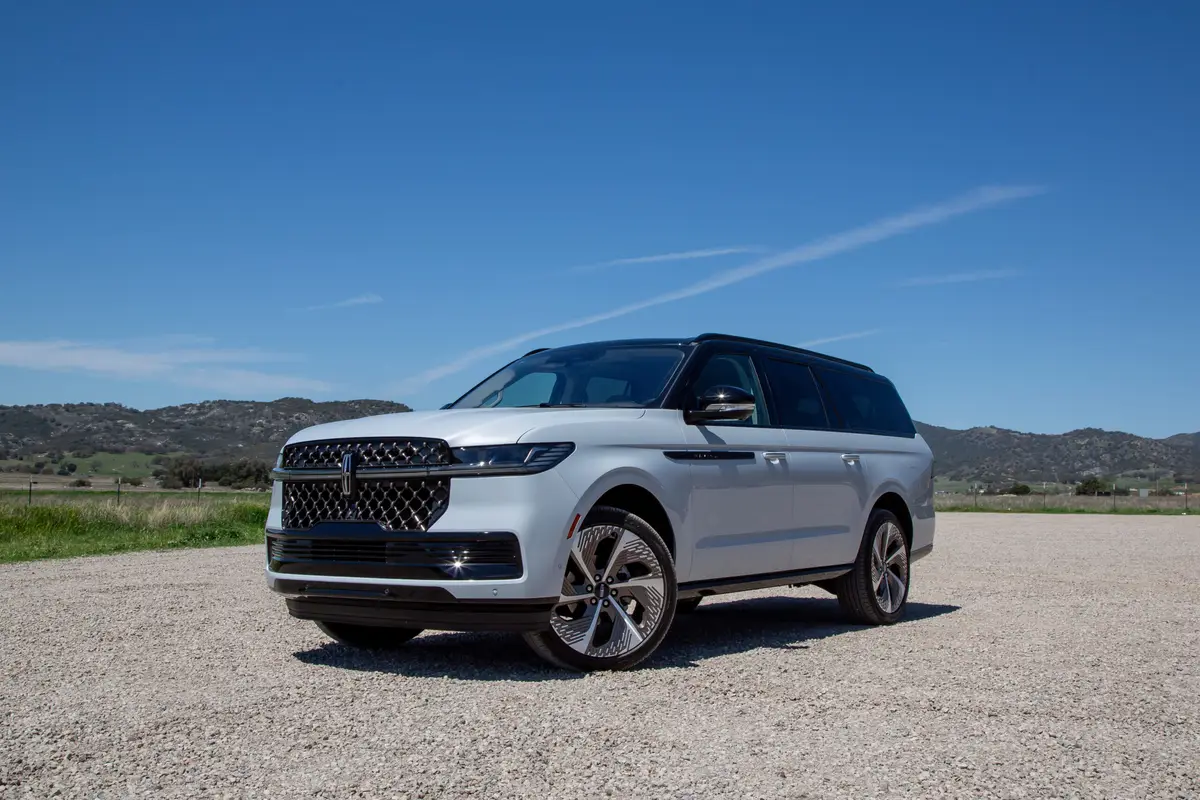
2025 Lincoln Navigator Review: Elephantine Elegance

